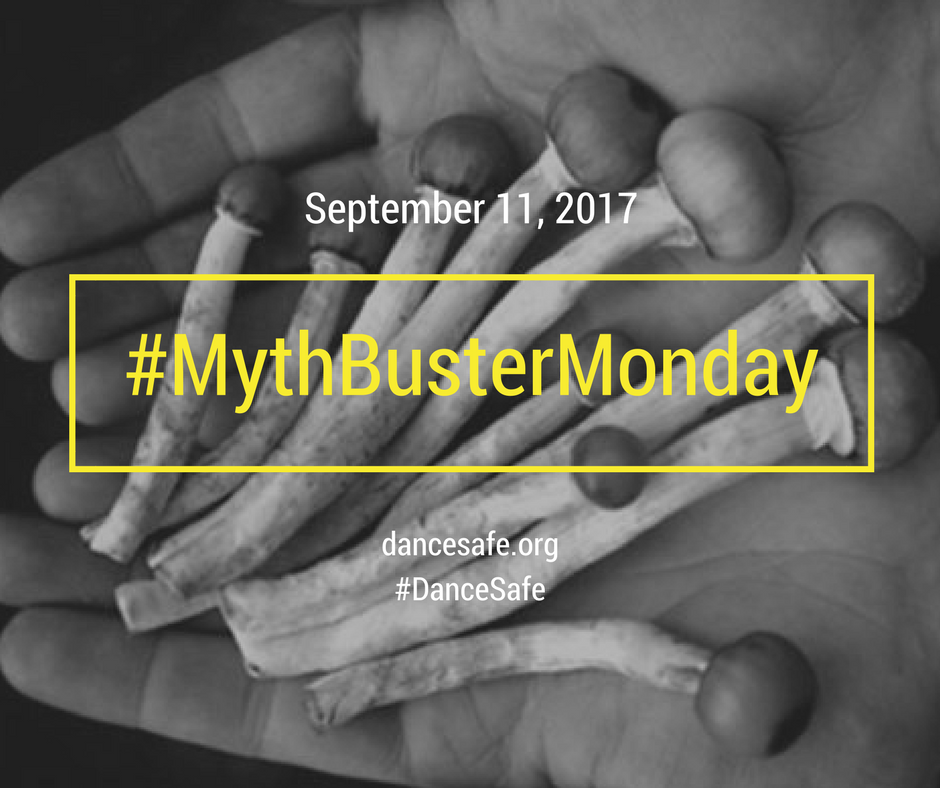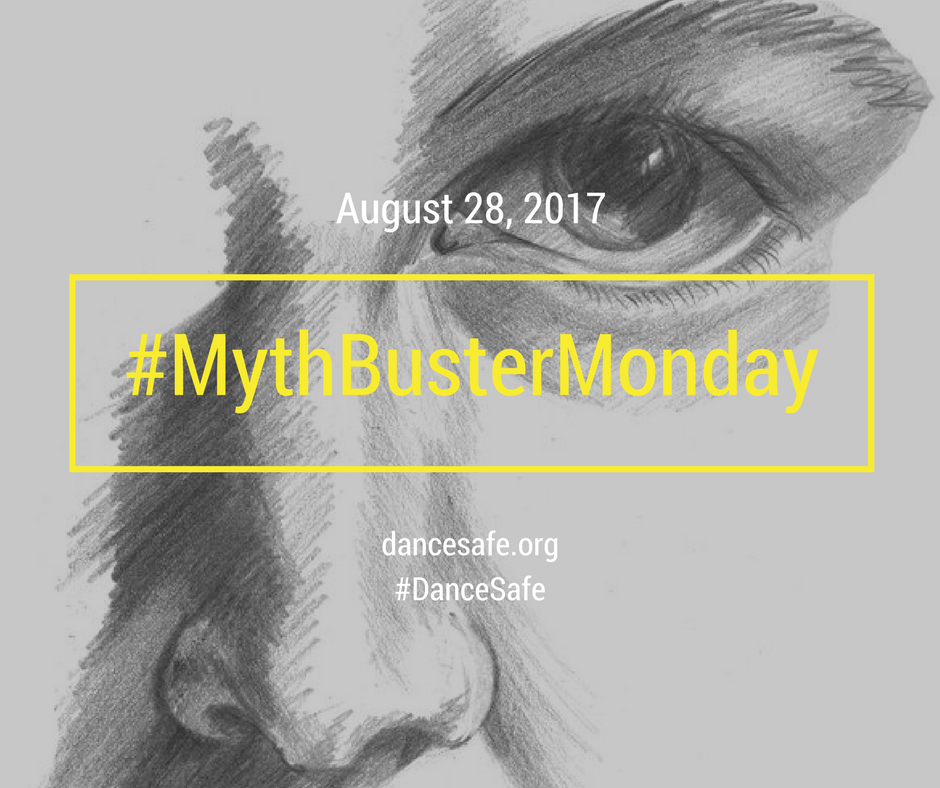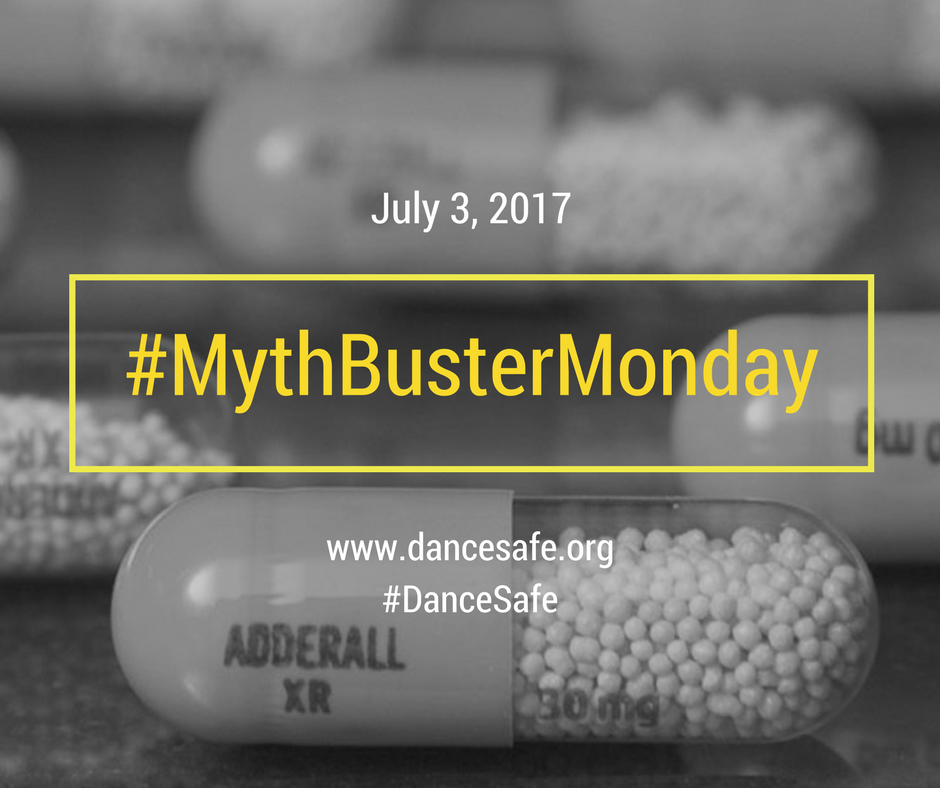Harm Reduction Includes Abstinence
According to the Harm Reduction Coalition, harm reduction is a set of practical strategies and ideas aimed at reducing negative consequences associated with drug use. Harm reduction principles include: Accepts, for better and or worse, that licit and illicit drug use is part of our world and chooses to work to minimize its harmful effects rather than simply ignore or condemn them. Understands drug use as a complex, multi-faceted phenomenon that encompasses a continuum of behaviors from severe abuse to total abstinence, and acknowledges that some ways of using drugs are clearly safer than others. Establishes quality of individual and community...






